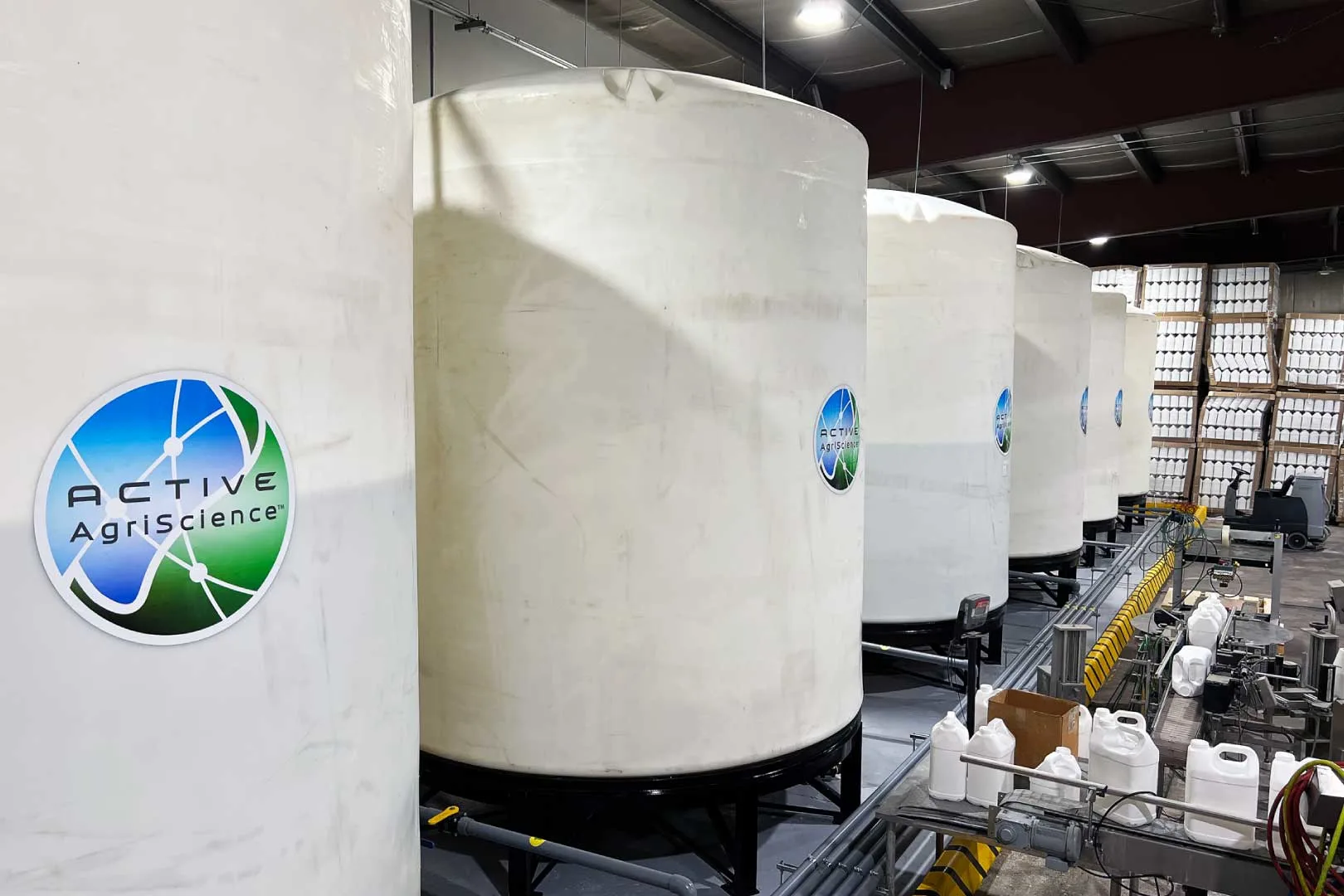Nitrogen Management Solutions
-

ARM U™ 18% NBPT
ARM U™ is an NBPT based fertilizer additive that allows plants to absorb a greater amount of nitrogen which otherwise disappears too quickly through conversion to ammonia gas.
-

ARM U™ 30% NBPT
A liquid fertilizer additive that controls ammonia volatilization from urea and urea ammonium nitrate (UAN) fertilizers.
-
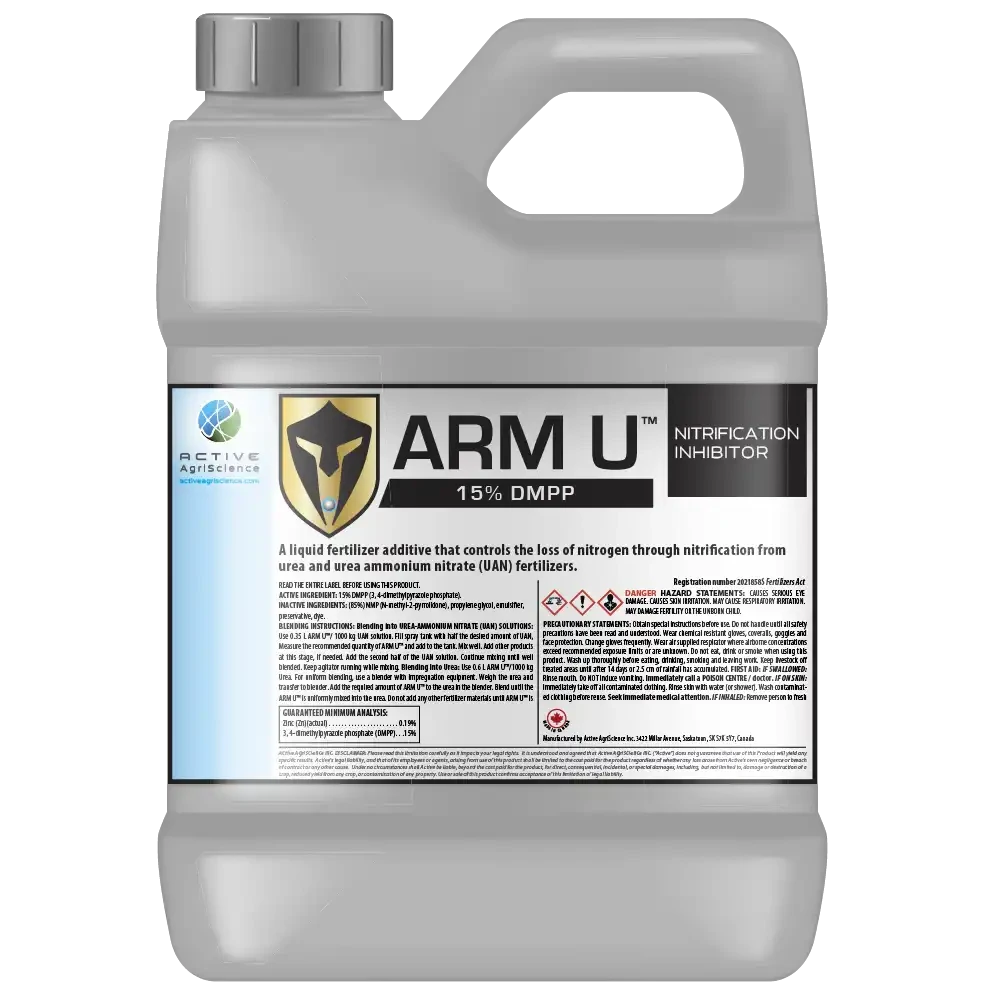
ARM U™ 15% DMPP
A liquid additive for urea and UAN fertilizers that reduces nitrogen loss by inhibiting nitrification.
-
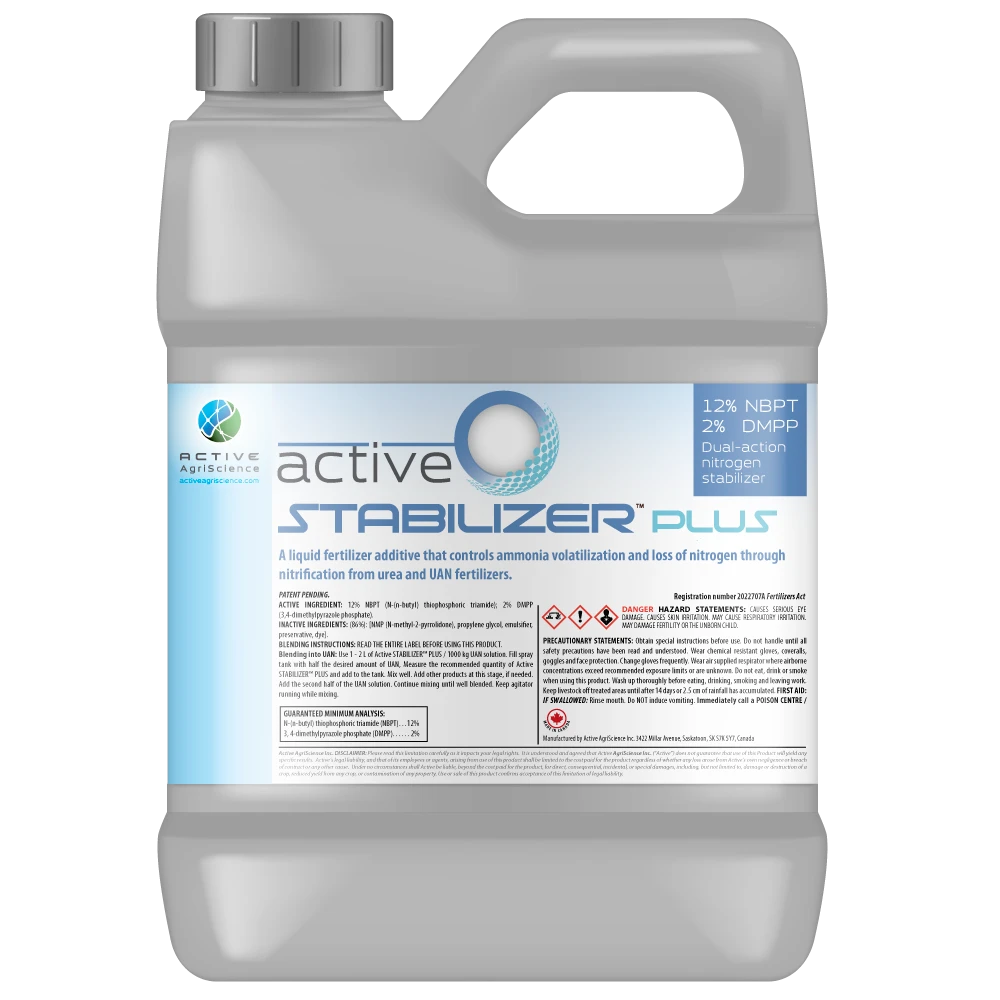
Active STABILIZER™ PLUS
Active STABILIZER™ PLUS is a dual-action nitrogen saving technology that inhibits both ammonia volatilization and nitrification/denitrification.
-
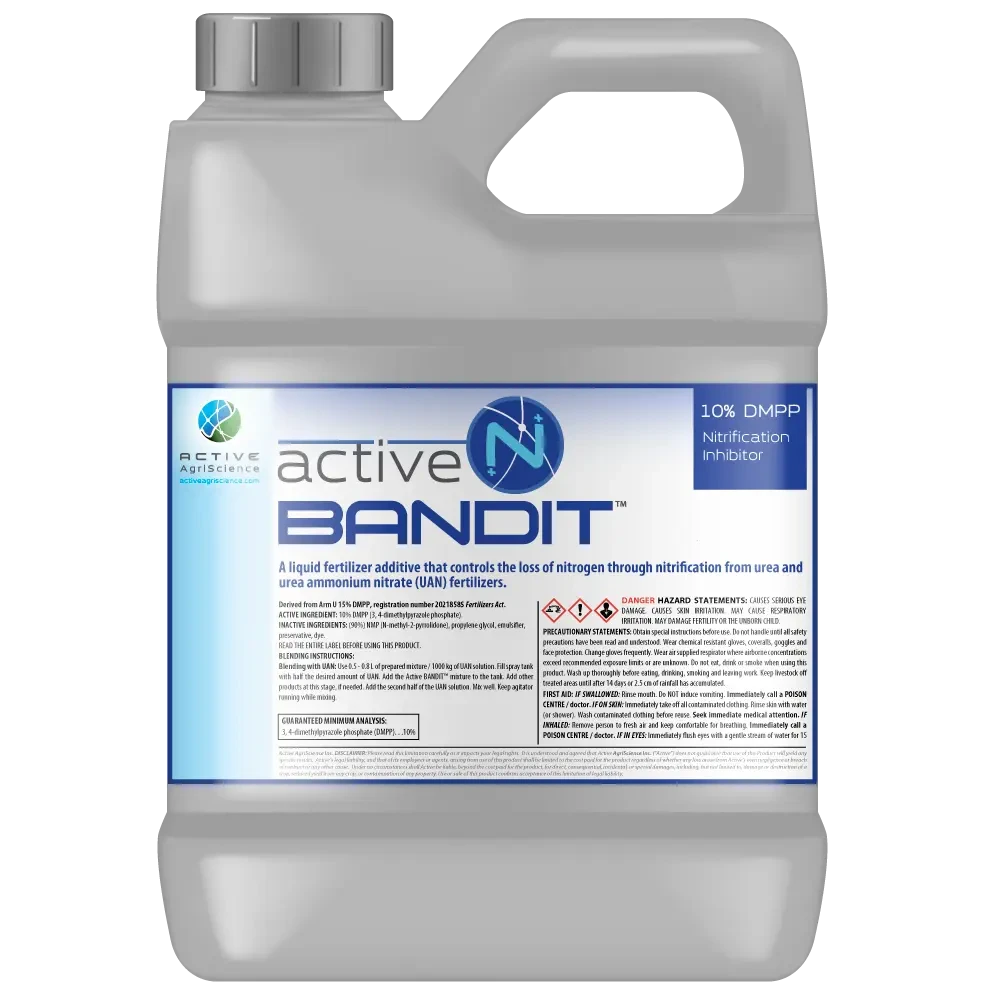
Active BANDIT
Active BANDIT™ is the ultimate solution to safeguard your nitrogen fertilizer investment with banding applications.

What Causes Nitrogen Loss?
There are two causes of nitrogen loss: ammonia volatilization and nitrification. Ammonia volatilization occurs when urease enzymes convert nitrogen fertilizer to ammonia gas which is then released into the atmosphere. The second cause of nitrogen loss is nitrification where bacteria in the soil transform N fertilizer into its more unstable form: nitrate. Nitrate is prone to losses through run-off, leaching, and denitrification.
How to Prevent Nitrogen Loss
Active AgriScience nitrogen stabilizers inhibit either volatilization, nitrification, or both. ARM U 18% NBPT and ARM U 30% NBPT inhibits volatilization while ARM U 15% DMPP and Active BANDIT neutralize the bacteria that causes nitrification. Active STABILIZER PLUS is a dual nitrogen stabilizer that reduces both forms of nitrogen loss.
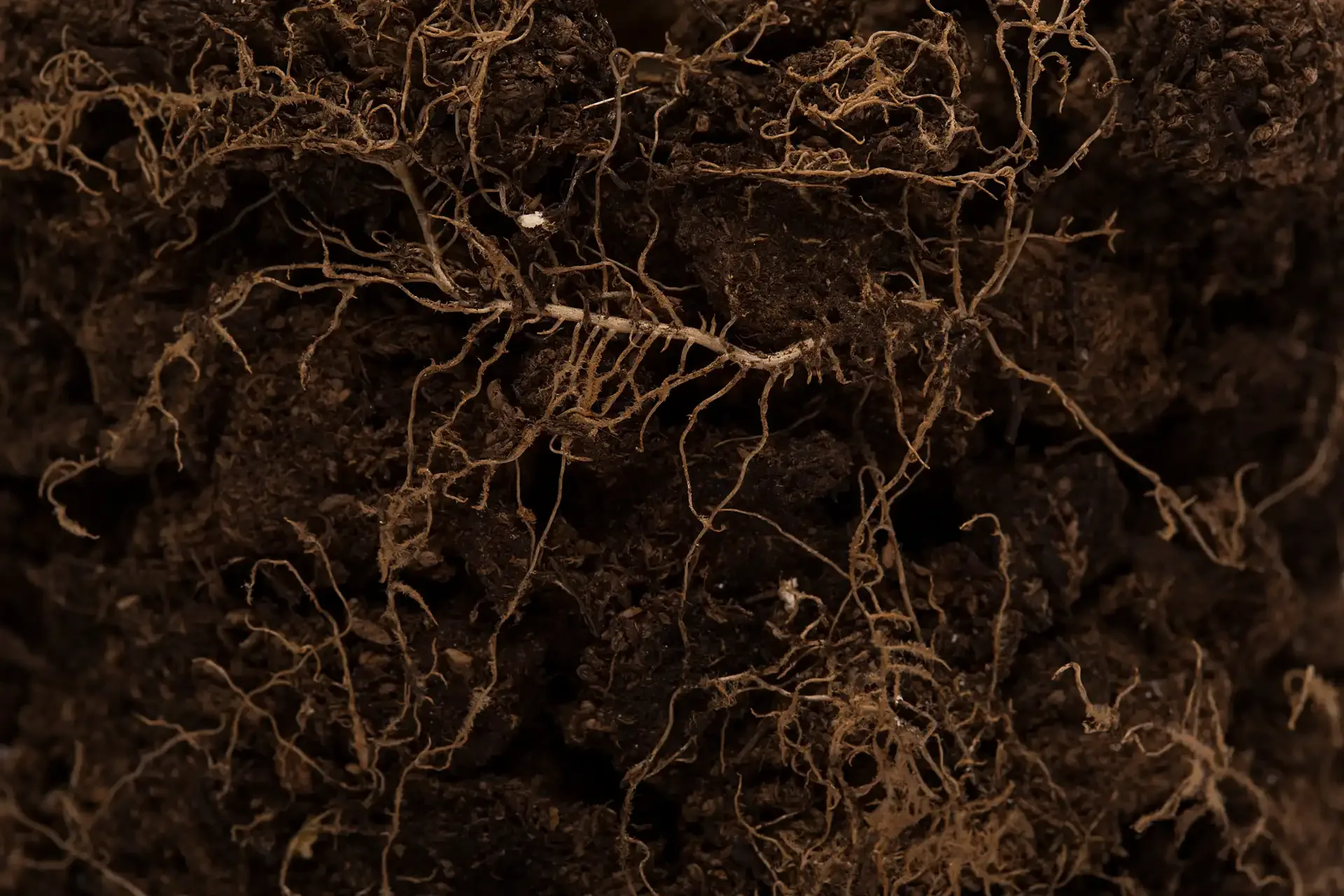
Nitrogen Stabilizer Research
Our nitrogen stabilizers are backed by years of independent scientific research. In a recent study, urea treated with Active AgriScience stabilizers showed significant nitrogen savings. Across nine treatments and rates, cumulative ammonia loss was reduced by 73% to 93% compared to untreated fertilizer.
Which Nitrogen Stabilizer Should I Use?
Active AgriScience nitrogen stabilizers are suited for any climate, soil type, or budget. Colder climates with low rainfall will benefit more from our NBPT products while our DMPP products will be more effective in warmer environments and higher moisture. Active STABILIZER PLUS is a low cost solution with significant nitrogen loss protection. ARM U is our premium nitrogen stabilizer made for high N loss situations.
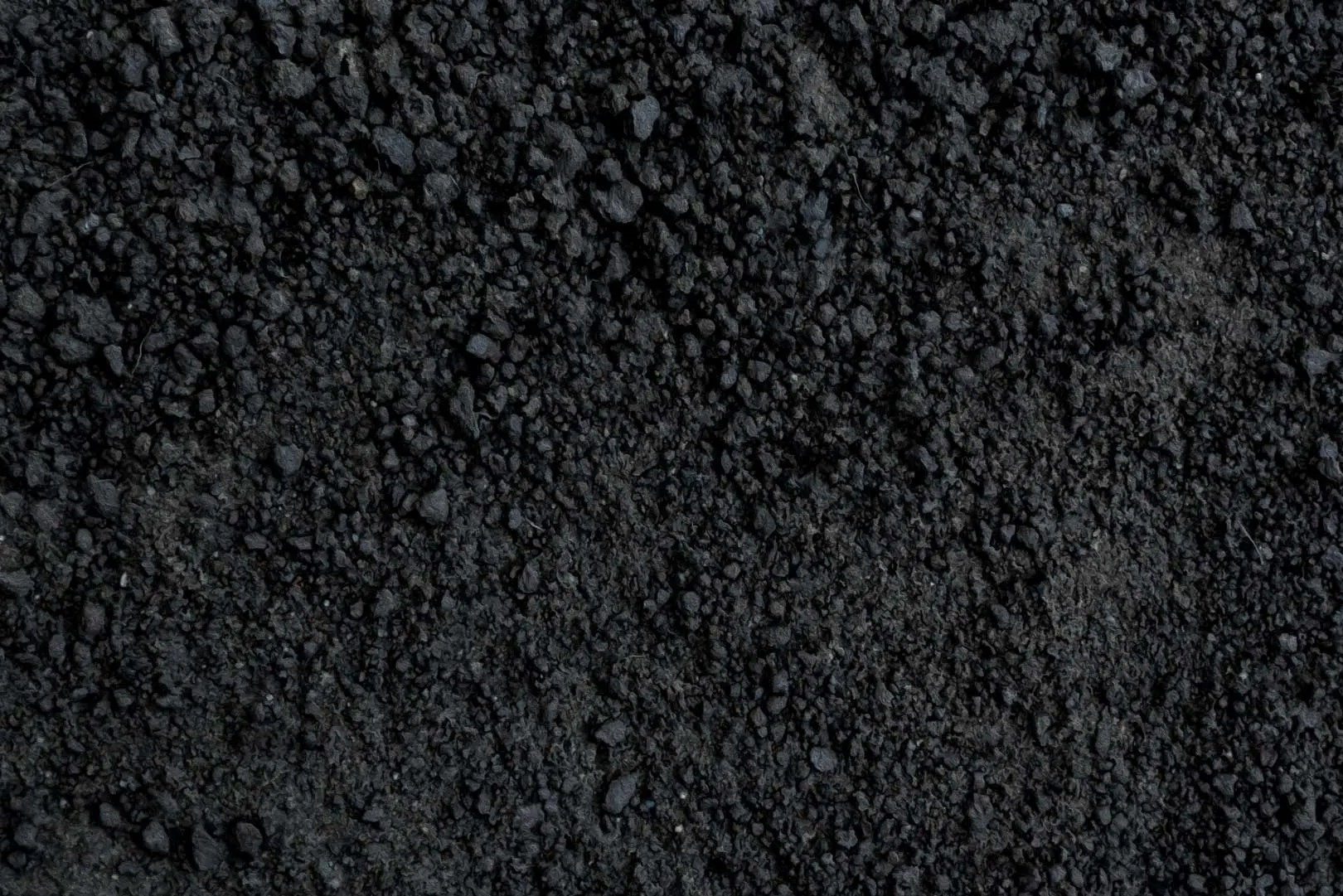
Environmental Benefits of Nitrogen Stabilizers
An often overlooked concern with nitrogen loss are the nitrous oxide emissions from the denitrification of nitrogen fertilizer. Nitrous oxide is a greenhouse gas nearly 300 times more potent than carbon dioxide and can live in the atmosphere for over 100 years.
Active AgriScience DMPP based nitrogen stabilizers inhibit the processes that lead to nitrous oxide emissions.

Nitrogen Management Funding
On February 22, 2022, $182.7 million was distributed to 12 different recipient organizations on behalf of Canada’s On Farm Climate Action Fund (OFCAF). This was to provide direct funding to growers who adopt management practices that reduce greenhouse gas emissions from nitrogen fertilizer.
Contact your local recipient organization to potentially receive funding for nitrogen management practices.
One of the OFCAF’s recipient organizations, the Canola Council, offers financial support through their Canola 4R Advantage program. If you run a farm in the Canadian Prairies, you could be reimbursed up to $12,000 each year for adopting beneficial management practices (BMPs) that reduce greenhouse gases. Active AgriScience nitrogen stabilizers are currently listed as eligible for the program.








